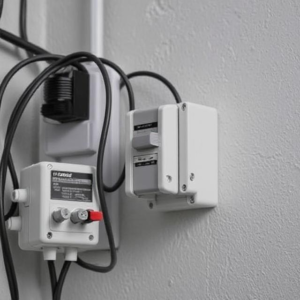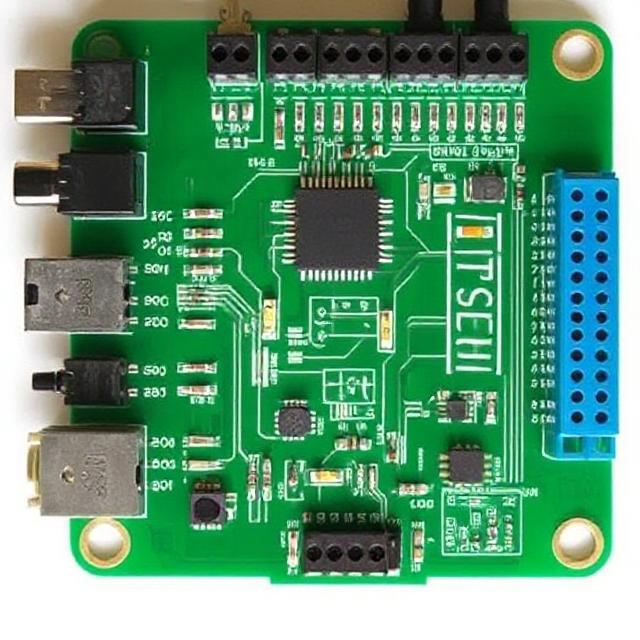Surge protection devices (SPDs) are tools used to protect electrical equipment from sudden spikes in voltage, also known as “surges.” These surges can happen for a number of reasons, like lightning strikes, power outages, or when large electrical devices turn on and off.

1. What is a Surge?
- A surge is a sudden and temporary increase in electrical voltage. Normally, electricity flows in a steady, controlled manner, but surges cause the voltage to spike higher than normal.
- Common causes of surges include lightning, power grid issues, or even appliances like refrigerators or air conditioners turning on.
2. Why are Surges Dangerous?
- Surges can cause damage to sensitive electrical equipment like computers, TVs, refrigerators, or even industrial machinery. They can burn out components, melt wires, or even destroy the entire device.
- Even small surges over time can wear out electronics and reduce their lifespan.
3. What Do Surge Protection Devices (SPDs) Do?
- Protection: SPDs protect electrical devices by absorbing or redirecting the excess voltage from a surge, preventing it from reaching your equipment.
- They act like a buffer, so instead of your devices being damaged by a high voltage, the SPD redirects or “clamps” the voltage to a safer level.
4. How Do SPDs Work?
- SPDs have components like varistors or gas discharge tubes that sense when the voltage is too high.
- When a surge occurs, the SPD quickly reacts by allowing the excess voltage to pass through it (instead of going to your equipment). Once the surge is over, it stops the flow of excess electricity, protecting your devices.
5. Types of Surge Protection Devices:
- Power Strip Surge Protectors: These are the most common and easy-to-use type, typically found as part of power strips. They protect individual devices like computers, TVs, and other home electronics.
- Whole-House Surge Protectors: These are installed at the main electrical panel of your home and protect all electrical equipment in your house from surges coming through the power lines.
- Network Surge Protectors: These protect network connections like Ethernet or phone lines, which can also be damaged by surges.
- Industrial Surge Protectors: Larger, more robust SPDs designed to protect heavy machinery and equipment in factories or data centers.
6. Choosing a Surge Protector:
- Joule Rating: This indicates how much energy a surge protector can absorb before it fails. A higher rating means it can handle more energy.
- Clamping Voltage: This is the voltage level at which the protector kicks in to stop the surge. Lower clamping voltage means better protection.
- Response Time: The faster it responds, the better it is at protecting your equipment from damage.
7. When Should You Replace a Surge Protector?
- Surge protectors wear out after they absorb too many surges. Some models have indicator lights that show when they are no longer working.
- It’s a good idea to replace them after a big surge or every few years to make sure they are still protecting your equipment.
Why Surge Protection Is Important:
- Prevents damage: It helps prevent expensive damage to electronics from surges.
- Peace of mind: Knowing your equipment is protected from power spikes can reduce stress about potential issues.
- Protects investments: Electronics and appliances can be costly to replace, and a surge protector helps extend their life.
In short, surge protection devices are like a shield that defends your valuable electrical devices from harmful power spikes. They’re essential for keeping your electronics safe from unexpected voltage increases, which can happen at any time.











